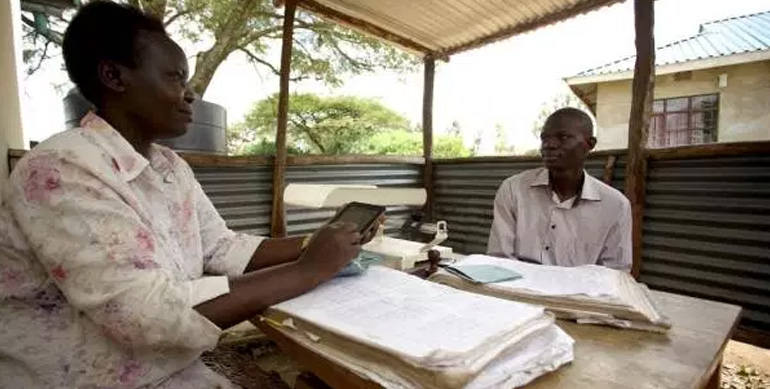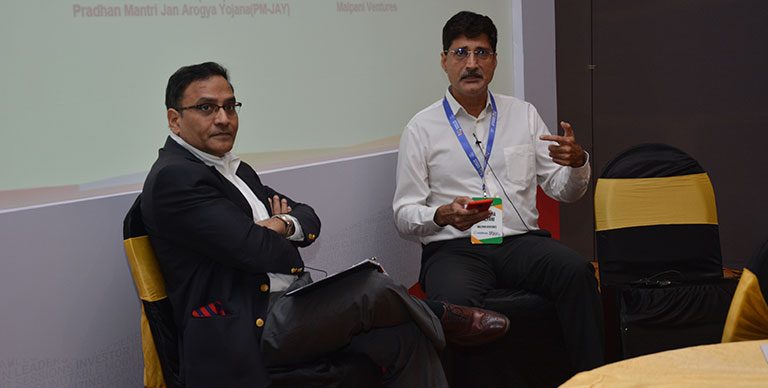Leveraging economic supply chains for health solutions at the BOP
Products and services that are of relevance to public health need a supply chain to reach the bottom of the pyramid (BoP). They need to reach the last mile with the least transaction cost and in a sustainable manner, irrespective of the type of money that is involved (investor capital, grant etc). These services and products also need a channel. Establishing a channel for them, with least cost and long term viability has been the challenge to date in a country such as India. It is in this context that it becomes relevant to look at existing market mechanisms that are already reaching large BoP populations in rural and semi-urban areas, where some level of aggregation has already taken place.
Our learning of leveraging economic supply chains for extending health solutions to the BoP has been generated through a number of engagements; some have been successful while many have not. I will highlight our key learning using experiences from three different supply chains where leveraging has been attempted – (a) A micro-finance supply chain to introduce smokeless stoves which has health benefits for villagers (b) An agriculture supply chain for input supply and output marketing of health products related to family planning, diarrhea management, menstrual hygiene, water purification, nutritional supplements and reading glasses, and (c) A cooperative supply chain of women dairy farmers to provide consumer goods, including health products to rural women. Though the institutional mechanisms in each situation were varied, the lessons were common, suggesting wide application.
Integrate the product and supply chain: Often, the supply chain for the health products is established as a vertical to an existing corporate supply chain. To be successful the health product chain needs to be appropriately integrated into the corporate chain at both system and people level. The highest rung of staff of the product vertical need to be introduced to the corporate supply chain at the level where the products get aggregated such as a godown or supply point, which is usually at the district and block level. Thereafter, aggregation happens at the last mile i.e. the village level, where locally identified individuals (men and women) are added to the supply chain for retail sales. For integration of these verticals, orientation of personnel at all the levels of the chain needs to be geared towards generating buy-in to carry the health products. In the agriculture supply chain all the branch managers, district managers, convergence managers learned about the need and vision behind the initiative.
Give equal importance to both product categories: Unless the health product/service being offered is treated at par with the existing product/service (say loan or dairy product or seeds), the health product is unlikely to take-off. This importance is built by communicating the social value and credibility generated by carrying the health products. Additional value includes business from additional products or earning carbon credits.
Bring in subject experts: The health vertical of the supply chain requires technical experts at the branch and village levels to build capacities of village level retailers on the features of the health products and their communication to the end user. These experts are usually part-time or referral resources, but play an essential role in making the health products successful.
Broaden performance metrics: The challenge of building an effective vertical of local organisations and individuals requires patient building of sales and marketing capacities. These challenges need to be factored into the performance metrics along the supply chain, of stockists, managers, marketing personnel etc. In the case of the smokeless stoves, the Corporate ensured that targets of their stockists and field personnel included time and effort required to build the capacity of the NGO staff and of the village level entrepreneurs who were identified to sell the stoves and pellets to the end consumer. In the absence of such considerations, there is a risk that the corporate staff will not give adequate attention to moving the health products.
Ensure quality of the product: At the end of the day, success of the supply chain is in the delivery of good quality products and services. This remains true for the health vertical as well since bad quality affects the entire chain. For instance, in the MFI supply chain, the repayment of loans (the original product) taken to buy reading glasses were affected by poor quality of the glasses.
I believe that leveraging existing economic supply chains to deliver health products and services is a sustainable and efficient way of reaching people at the bottom of the pyramid. Our experiences and learning demonstrate that a little effort can go a long way in achieving good health.








